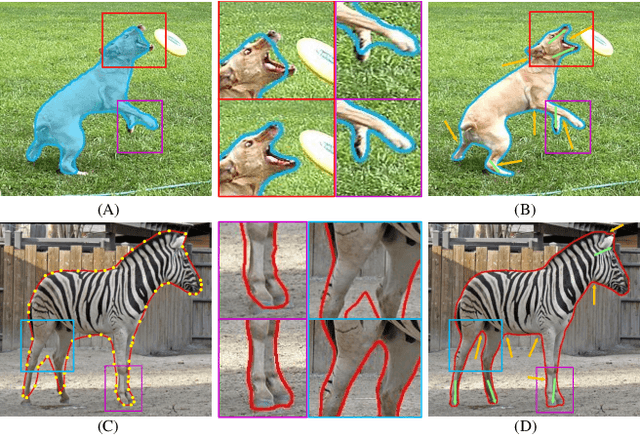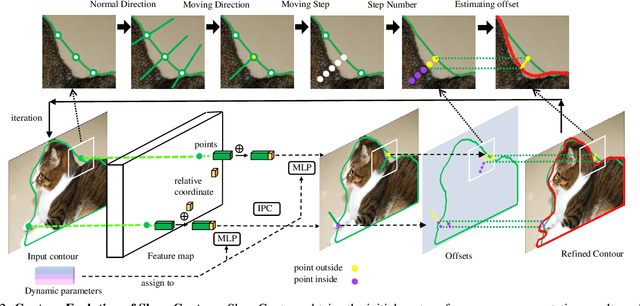Xuanye Zhang
BadSFL: Backdoor Attack against Scaffold Federated Learning
Nov 26, 2024



Abstract:Federated learning (FL) enables the training of deep learning models on distributed clients to preserve data privacy. However, this learning paradigm is vulnerable to backdoor attacks, where malicious clients can upload poisoned local models to embed backdoors into the global model, leading to attacker-desired predictions. Existing backdoor attacks mainly focus on FL with independently and identically distributed (IID) scenarios, while real-world FL training data are typically non-IID. Current strategies for non-IID backdoor attacks suffer from limitations in maintaining effectiveness and durability. To address these challenges, we propose a novel backdoor attack method, BadSFL, specifically designed for the FL framework using the scaffold aggregation algorithm in non-IID settings. BadSFL leverages a Generative Adversarial Network (GAN) based on the global model to complement the training set, achieving high accuracy on both backdoor and benign samples. It utilizes a specific feature as the backdoor trigger to ensure stealthiness, and exploits the Scaffold's control variate to predict the global model's convergence direction, ensuring the backdoor's persistence. Extensive experiments on three benchmark datasets demonstrate the high effectiveness, stealthiness, and durability of BadSFL. Notably, our attack remains effective over 60 rounds in the global model and up to 3 times longer than existing baseline attacks after stopping the injection of malicious updates.
SharpContour: A Contour-based Boundary Refinement Approach for Efficient and Accurate Instance Segmentation
Mar 24, 2022



Abstract:Excellent performance has been achieved on instance segmentation but the quality on the boundary area remains unsatisfactory, which leads to a rising attention on boundary refinement. For practical use, an ideal post-processing refinement scheme are required to be accurate, generic and efficient. However, most of existing approaches propose pixel-wise refinement, which either introduce a massive computation cost or design specifically for different backbone models. Contour-based models are efficient and generic to be incorporated with any existing segmentation methods, but they often generate over-smoothed contour and tend to fail on corner areas. In this paper, we propose an efficient contour-based boundary refinement approach, named SharpContour, to tackle the segmentation of boundary area. We design a novel contour evolution process together with an Instance-aware Point Classifier. Our method deforms the contour iteratively by updating offsets in a discrete manner. Differing from existing contour evolution methods, SharpContour estimates each offset more independently so that it predicts much sharper and accurate contours. Notably, our method is generic to seamlessly work with diverse existing models with a small computational cost. Experiments show that SharpContour achieves competitive gains whilst preserving high efficiency
Peeking into occluded joints: A novel framework for crowd pose estimation
Mar 31, 2020



Abstract:Although occlusion widely exists in nature and remains a fundamental challenge for pose estimation, existing heatmap-based approaches suffer serious degradation on occlusions. Their intrinsic problem is that they directly localize the joints based on visual information; however, the invisible joints are lack of that. In contrast to localization, our framework estimates the invisible joints from an inference perspective by proposing an Image-Guided Progressive GCN module which provides a comprehensive understanding of both image context and pose structure. Moreover, existing benchmarks contain limited occlusions for evaluation. Therefore, we thoroughly pursue this problem and propose a novel OPEC-Net framework together with a new Occluded Pose (OCPose) dataset with 9k annotated images. Extensive quantitative and qualitative evaluations on benchmarks demonstrate that OPEC-Net achieves significant improvements over recent leading works. Notably, our OCPose is the most complex occlusion dataset with respect to average IoU between adjacent instances. Source code and OCPose will be publicly available.
 Add to Chrome
Add to Chrome Add to Firefox
Add to Firefox Add to Edge
Add to Edge